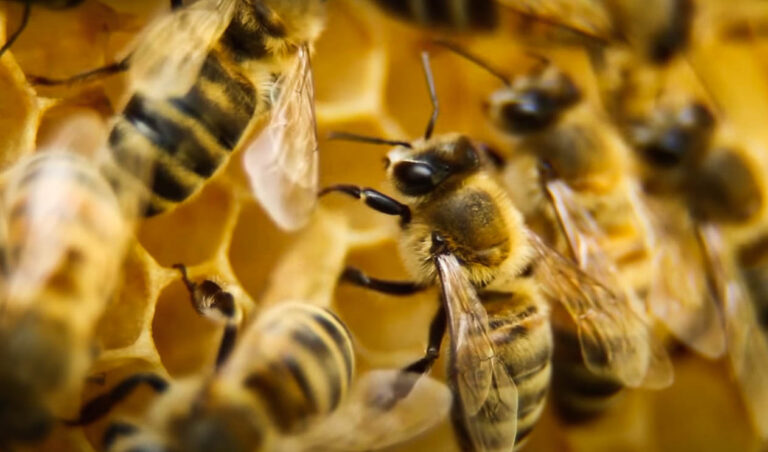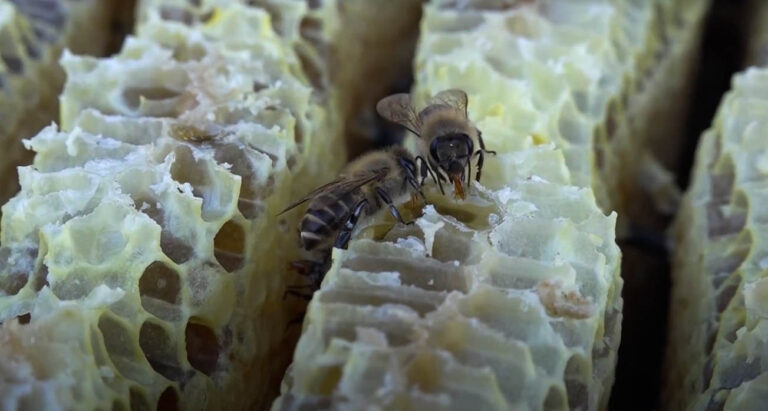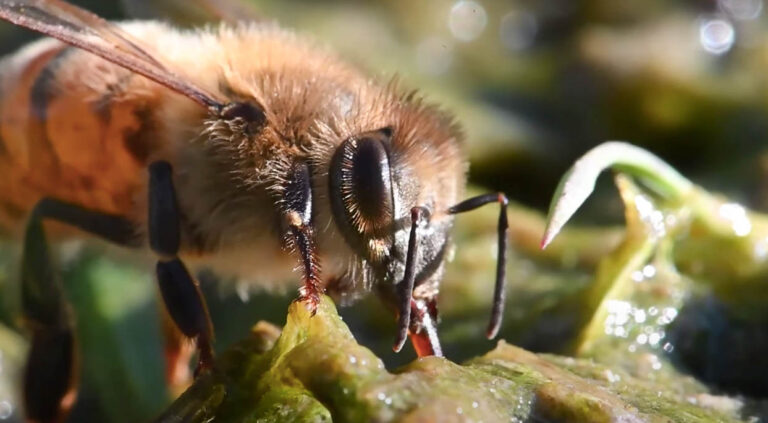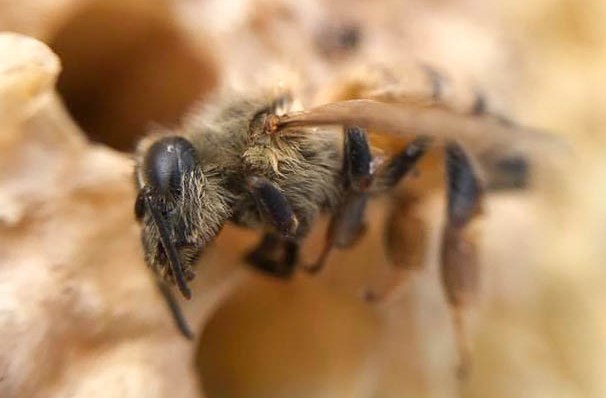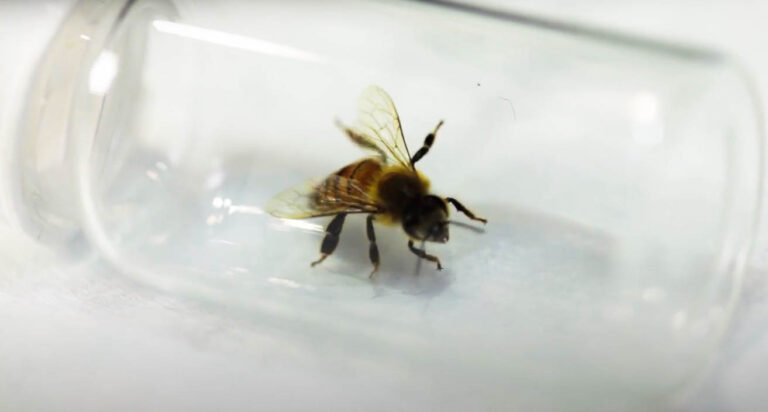About Carpenter Bees
About Carpenter Bees
Carpenter bees get their name from their close relationship with trees and wooden objects. They create galleries in wood where they lay eggs that develop into adults. The bees have significant economic importance for their destructive activities on wood as well as their pollination abilities.
Appearance
Carpenter bees can be a large or small species. The large and small species differ majorly based on size. Other physical features between both types of carpenter bees could also differ. The average size of the large carpenter bee is between 12 and 25 mm. Their colors are metallic blue, black, purplish blue, and greenish-black. The large carpenter bees are also hairy insects with hairs on different parts of their bodies, except the top of their abdomen.
The small carpenter bees have an average size that is less than 8 mm. They have a metallic appearance and are dark in color. The small bees are not as hairy as the large bees. They have scanty hairs. The small carpenter bees also have markings on their body and face. The physical appearance of the carpenter bees is similar to that of bumblebees.

Behavior
These bees get their name from the level of damage they cause to wood. They typically make their nests in timber and siding and bore holes in them to create the nests. The nesting activity of the bees destroys the structure of wood and creates unsightly holes. Their activity also creates unsightly stains on wood surfaces.
Carpenter bees choose undecayed wood for their activities. They prefer softer woods to the harder woods. Their preferred types of wood come from cedar, white pine, Douglas fir, and mimosa trees. In homes and properties, they infest woods of dry, unpainted, and weathered objects such as fences, doors, and decks. They also infest untreated poles and wooden lawn furniture. Apart from their burrowing habits, the insects are also known for the ability to pollinate plants. They can pollinate crops, weeds, and flowers.
Life Cycle
The life cycle of carpenter bees begins after the adults emerge from their hibernation. They spend winter in tunnels and emerge from the tunnels during spring, usually between March and April. Mating occurs shortly after the adults emerge from the tunnels. The fertilized female goes on to look for suitable nesting sites.
When the fertilized female finds suitable trees for nesting, she begins burrowing. The adult female bee begins burrowing at right angles to the grain for about an inch. She then turns 90 0 and burrows in the direction of the grain for a few more inches. Multiple cells make up a nest. After the adult female makes a nest, she keeps nectar and pollen for the developing bee, lays the egg, and partitions the cell with partly chewed wood pulp.
Nests of the bees may interconnect or could be separated, according to the preference of the mother bee. It takes five to six weeks for the adult bee to develop out of the egg. The adult bees typically emerge in summer or fall and immediately begin to gather food for winter. Newly hatched adult bees typically do not mate or engage in nesting activities. Carpenter bees may use the nest they build in subsequent nesting periods. It is noteworthy that the small carpenter bee species, Ceratina, have a unique method of reproduction. They can reproduce without males, a process called pathogenicity.
The damage carpenter bees cause to wood is only related to their nesting activities. They do not feed on wood. Their diet is made up of pollen and nectar. This is why they are actively involved in pollination. Adult male carpenter bees do not sting. Even though they seem aggressive, they will only hover around intruders at a distance, and they do not sting. The adult females can sting. However, they only sting when they are provoked.
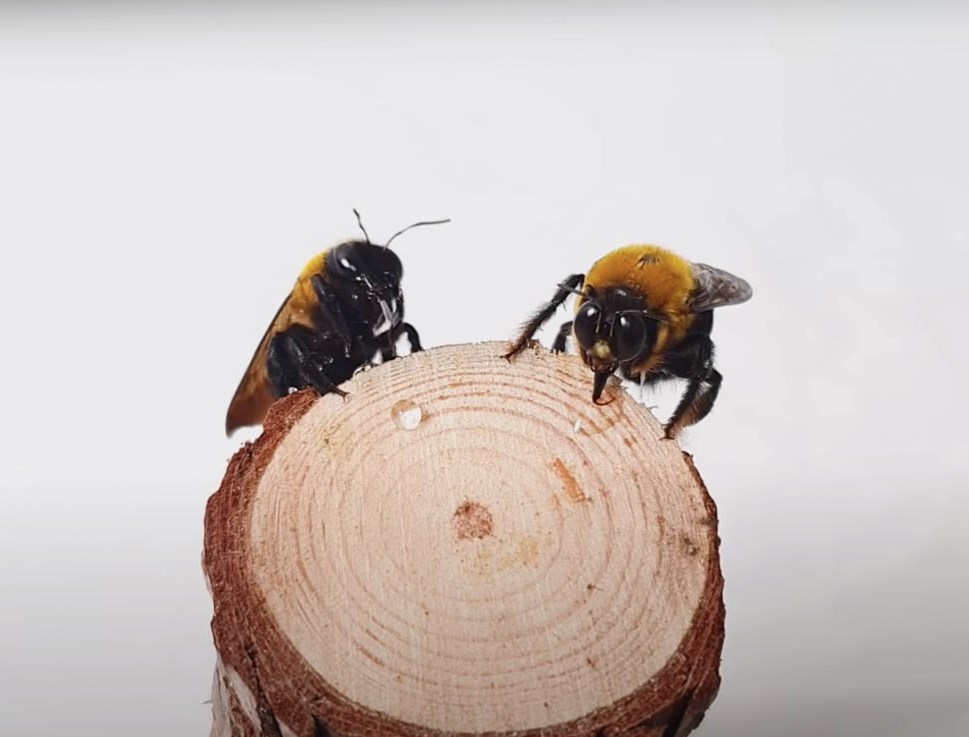
Habitat
They have an established global population. Carpenter bees are found in most countries of the world, as well as in a lot of US states. They can cause serious damage to wood.

